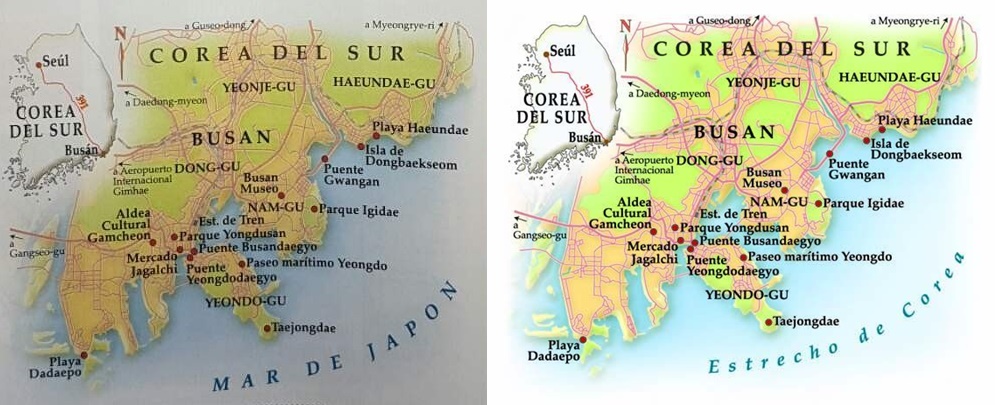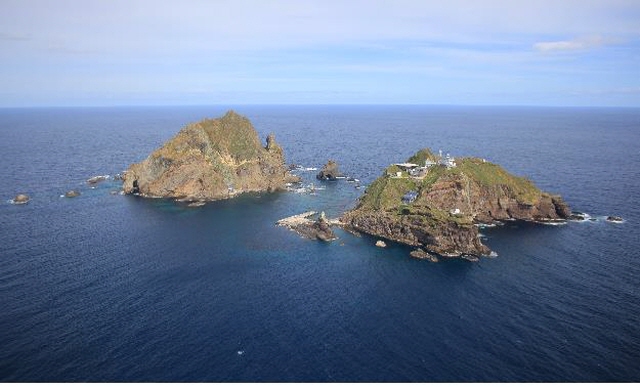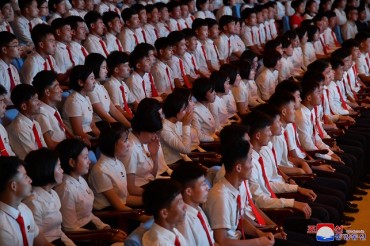
These photos that appeared in the Argentine newspaper Weekend on Dec. 12, 2019, and were provided by the Korean Cultural Center based in Argentina show the name change of the sea waters between South Korea and Japan from Sea of Japan to Straits of Korea.
SEOUL, Nov. 17 (Korea Bizwire) — The International Hydrographic Organization (IHO) has reached agreement on a proposal to mark global sea areas with unique numerical identifiers rather than specific names, the foreign ministry said Tuesday.
The consensus, likely to be finalized early next month, capped decades of diplomatic efforts by Seoul to revise the existing IHO guidelines referring to the body of water between the Korean Peninsula and Japan only as the Sea of Japan, rather than the South Korean name East Sea.
During a virtual session of the IHO Assembly on Monday, 65 member states joined the discussions on the proposal to adopt a new digital dataset, known as S-130, as a standard for a world map of oceans, as the current one, dubbed S-23, remains outmoded.
IHO Secretary General Mathias Jonas has made the proposal late last year after informal consultations with the two Koreas, Japan and other concerned countries.
“Assembly Chair Marc Van der Donck said in the closing remarks that during the development of the new standards designating geographical sea areas only with unique numerical identifiers, the S-23 will be kept available as an IHO publication to demonstrate the evolutionary process from the analogue to the digital era, and he concluded the proposal by consensus,” the ministry said in a statement.
The ministry stressed that the participants accepted by consensus the original version of the IHO secretary general’s proposal that the S-23 will be kept available not as a valid standard but only as a publication displaying the evolutionary transition to a new one.
The ministry dismissed as “distortion” a Japanese news report that, based on the outcome of this week’s IHO Assembly discussions, the Sea of Japan will continue to be used for international nautical charts, with the numerical identifiers used only for digital charts.
At this week’s session, a North Korean representative did not make any remarks. But Pyongyang earlier responded positively to the IHO secretary general’s proposal of the numerical system.
A ministry official said the draft document on the outcome of the Assembly discussions is expected to be circulated among member states on Sunday, with the process of collecting their opinions to end around Wednesday next week.
The document is likely to be finalized on Dec. 1 (Korea time).
After the finalization of the Assembly outcome, discussions on the timeline to formulate the S-130 standard are likely to ensue, the official said.
But it remains uncertain how long the development process will take, though any progress may be reported to the next Assembly session slated for April 2023.
The IHO agreement this week is forecast to boost Seoul’s diplomatic drive to promote the use of the East Sea name both on paper and online because Japan will no longer be able to cite the IHO standards to make the case for the Sea of Japan.
“In line with the transition to the era of digital marine charts, (the agreement) effectively removes S-23, which was a stumbling block to the efforts to promote the East Sea name, and lays the groundwork for a new framework to spread the name,” Lee Jae-woong, the ministry’s deputy spokesman, told a regular press briefing.
Along with the shift to the new standard, the status of the Sea of Japan name will be “downgraded,” Lee added.
The Seoul government is currently developing a system to monitor how the East Sea is described in online materials as part of efforts to publicize the name long overshadowed by the S-23 standard.
The sea naming issue is a source of diplomatic friction between South Korea and Japan.
Seoul had argued that both names — the East Sea and the Sea of Japan — should be juxtaposed on global maps, as its views were not reflected in the current third edition of the S-23 published in 1953 when the country was in the grip of the Korean War and not an IHO member.
S-23 is designed for consistent nautical cartography and safe maritime navigation. The IHO had sought to update the current third edition but failed to do so amid differences among nations over sea naming and other complex issues.
(Yonhap)







